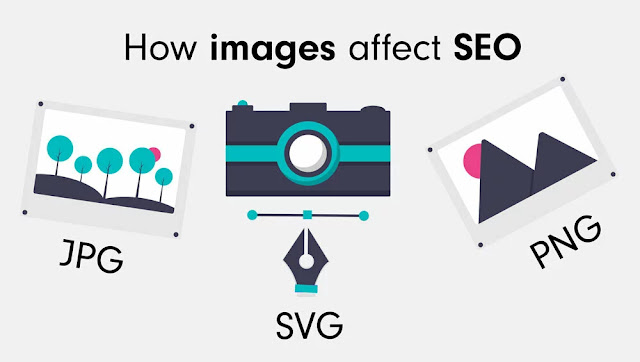Image formats can affect SEO (search engine optimization) in many ways. Here are some factors to consider regarding image formats and their impact on SEO:
1.file size:
Image file size plays an important role in search engine optimization, as page loading speed is a ranking factor for search engines. Large image files can slow page load times and negatively impact the user experience. Optimizing your image file size with the right format and compression techniques can help improve page speed and overall SEO.
2.compression:
The format you choose for your image can affect the level of compression you can apply. Some image formats, such as JPEG, can be further compressed, resulting in smaller file sizes. However, too much compression can reduce image quality. Therefore, it's important to find the right balance between file size and image sharpness.
3.image quality:
The image format you choose can affect the overall quality and sharpness of your image. For example, JPEG is a popular format for photos, while PNG is better for text and images with transparency. It's important to choose the right format to maintain image quality while optimizing file size. Alternate text:
ALT text is used to describe images in search engines and assistive technology. This is essential for SEO as search engines rely on this text to understand what the image represents. Regardless of the image format, it's important to provide descriptive ALT text to optimize your images for search engines.
4.Image sitemap:
Including your images in your XML sitemap helps search engines find and index your images more efficiently. Some image formats such as JPEG and PNG are commonly supported in sitemaps, while others such as SVG (Scalable Vector Graphics) may require additional configuration. To maximize the visibility of your images in search results, make sure the image format you choose is compatible with the sitemap integration.
5.Mobile optimization:
As mobile usage continues to grow, optimizing images for mobile devices becomes more and more important. Some image formats, such as WebP, are specially designed for better compression and faster loading on mobile devices. Using mobile-friendly image formats can improve user experience, reduce bounce rates, and have a positive impact on search engine optimization.
6.Image thumbnail:
Image thumbnails are often used to provide a preview or visual representation of content such as blog posts or products. The format you choose for these thumbnails can affect the loading speed and quality of your thumbnails. Optimized image format improves user experience and improves SEO performance.
7.ALT Text:
ALT text is used to describe an image to search engines and assistive technologies. It is an essential element for SEO because search engines rely on this text to understand what an image represents. Regardless of the image format, it's crucial to provide descriptive ALT text to optimize your images for search engines.
In summary, image format can impact SEO through factors such as file size, compression, image quality, ALT text, sitemaps, mobile optimization, and image thumbnails. By carefully choosing the right image format and optimizing it from an SEO perspective, you can improve your website's performance in search engine rankings and provide a better user experience.





.png)
.png)






0 Comments